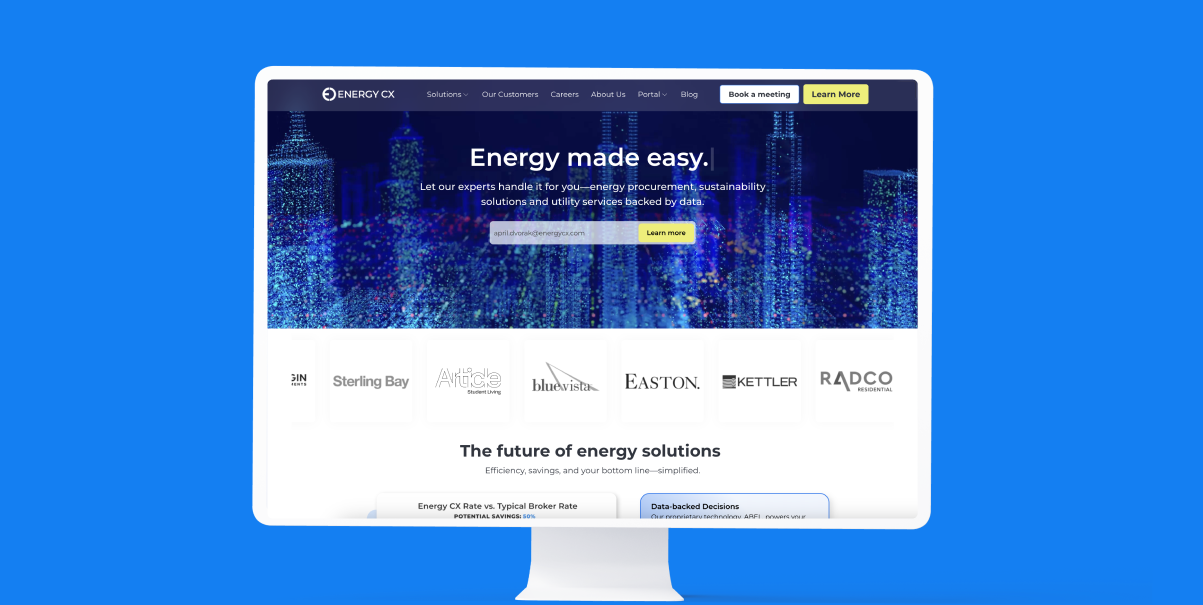Debunking Top Myths About Renewable Energy
Renewable energy has become a major topic of conversation as businesses and communities look for ways to cut costs, meet sustainability goals and prepare for the future. But despite its growth, renewable energy is still surrounded by myths and misconceptions. We’ll break down each one and let you know what’s fact and fiction.
Myth #1: Renewable Energy Is Too Expensive
Over the past decade, the cost of solar and wind has fallen dramatically with the cost of manufacturing solar panels plummeting. Solar and wind energy are now providing the cheapest power for 67% of the world.
The renewable energy industry also poses a big economic opportunity and can create 14 million jobs globally. The industry was worth $1.21 trillion in 2023 and is projected to grow 17.2% annually from 2024 to 2030.
Switching to renewable energy can also help reduce the cost of monthly utility bills in the long run. For example, installing solar panels can save the average U.S. homeowner $50,000 over a 25 year span.
Myth #2: Renewables Can’t Provide Reliable Power
Many people think that because solar and wind depend on weather this can create an unreliable power source but the grid itself is designed to balance multiple sources of power.
Advances in storage and grid management have made renewable energy more reliable and can even help combat power outages. By 2030, it is predicted that large-scale battery storage capacity will reach 98 gigawatts. In 2019, storage capacity was only at 1 gigawatt. Non-renewable energy sources can also experience hiccups in service too. Nuclear plants typically shut down 7-12% of the time for maintenance or refueling.
Myth #3: Building Solar and Wind Plants Negatively Impacts the Environment
The development of all power plants, including renewables, will cause some environmental impacts during siting, development and operation. In fact, the development of wind farms has the least amount of environmental impact of any type of renewable project. Wind farms even benefit farmers in rural areas by providing annual revenues at about $4,000-$8,000 per wind turbine. Wind farms also allow farmers to use the area on the ground for agriculture or livestock, ensuring that the environmental impact of such developments is minimal.
Additionally, to operate wind and solar plants there is no fuel-delivery infrastructure such as propane trucks, coal barges or railroads which all produce negative environmental impacts.
Bottom Line
The shift toward renewable energy offers long-term financial, environmental and operational benefits. By debunking myths and focusing on the facts, companies can make informed decisions about how renewable energy fits into their broader energy strategy.



